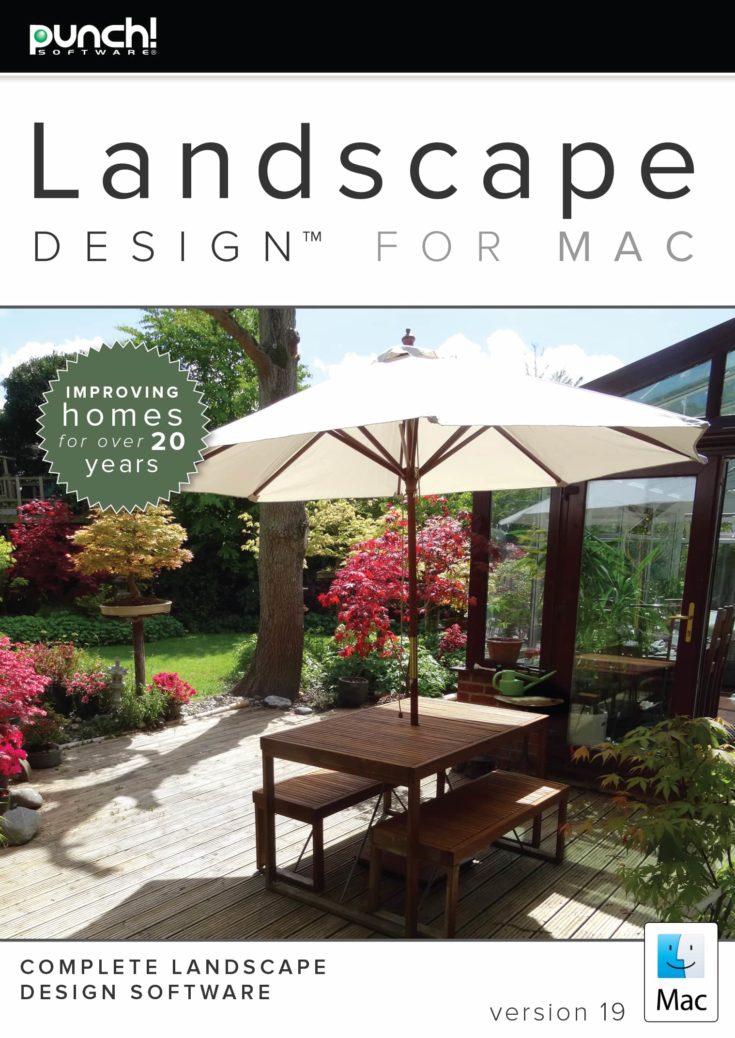Uploaded currently on this page are 4 retail reference CD images of Mac OS 9. Retail reference installers were non-hardware specific and were designed to install a full copy of the Mac OS on a bare hard drive in a machine that supported that version. The actual CDs were whites with a big orange 9 in the middle.
- Comment by Frank Drebin on Jun. 14, 2018 at 7:55 am. Merlin Project is now available in version 5 and it is imho the MS Project for Mac. So you dont need to work with MS Project, but get a real piece of Mac software, which works seamlessly with Calendar, Contacts and has the ease of use of macOS.
- Project Management for Mac OS X. Create a project plan in no time by entering tasks, duration and start dates. Use the interactive Gantt chart to edit and update the tasks. Supports Microsoft Project 2016 Plan Import/Export.Project Planning Pro- The No 1 Project Management app on iPad is.
- If your Mac is using an earlier version of any Mac operating system, you should install the latest Apple software updates, which can include important security updates and updates for the apps that are installed by macOS, such as Safari, Books, Messages, Mail, Music, Calendar, and Photos.
| Rating: | |
| Category: | |
| Year released: | |
| Author: | |
| Publisher: | Apple |

[www].se [ftp].se [mirror].us [mirror].de
mac-rom-archive-20110819.zip (52.54 MB)
MD5: 0ecf8953ee6c1f8300ca0235be923135
For System 1 - 5 - Mac OS X
mac-rom-archive-20110819.zip (52.54 MB)
MD5: 0ecf8953ee6c1f8300ca0235be923135
For System 1 - 5 - Mac OS X
[www].se [ftp].se [mirror].us [mirror].de
78FDB784_PMG3MT_beige_266.zip (1.87 MB)
MD5: 54c553fd525436f5888a13ce3b827430
For System 1 - 5 - Mac OS X
78FDB784_PMG3MT_beige_266.zip (1.87 MB)
MD5: 54c553fd525436f5888a13ce3b827430
For System 1 - 5 - Mac OS X
[www].se [ftp].se [mirror].us [mirror].de
TAM-ROM-6E92FE08-670f3d04b884.rom_.zip (1.92 MB)
MD5: 6d4007598f2505fe8030f0a0b3577bc4
For System 1 - 5 - Mac OS X
TAM-ROM-6E92FE08-670f3d04b884.rom_.zip (1.92 MB)
MD5: 6d4007598f2505fe8030f0a0b3577bc4
For System 1 - 5 - Mac OS X
[www].se [ftp].se [mirror].us [mirror].de
powerexp.zip (3.83 MB)
MD5: 3ad484efbe5aec63ed679900f41aa8a2
For System 1 - 5 - Mac OS X
powerexp.zip (3.83 MB)
MD5: 3ad484efbe5aec63ed679900f41aa8a2
For System 1 - 5 - Mac OS X
[www].se [ftp].se [mirror].us [mirror].de
B57687A5_PB550c.ROM_.sit (864.07 KB)
MD5: 24eb0916f0b510a6262c1689dfded233
For System 1 - 5 - Mac OS X
B57687A5_PB550c.ROM_.sit (864.07 KB)
MD5: 24eb0916f0b510a6262c1689dfded233
For System 1 - 5 - Mac OS X
Emulation
This app works with: SheepShaver, Basilisk II, Mini vMacMini vMac II
This app works with: SheepShaver, Basilisk II, Mini vMacMini vMac II
An archive of classic Macintosh ROMs, dating from the earliest Macintosh 128k, to Old World G3 desktop 'beige' Macintosh computers and Wallstreet PowerBooks, plus a couple of Bandai Pippin ROMs are also included.
- Contents of archive:
'mac-rom-archive-20110819.zip'...
2nd DL: is 78FDB784, 4MB ROM from Beige G3 mini-tower 266MHz (Thanks, WhosIt.There).
3rd DL: 4MB ROM from Twentieth Anniversary Macintosh, supplied by Larsenv
4th DL: 2x 4MB ROM's from what is suspected to be dumped from a Power Express (9700 Prototype), supplied by Unknown
Download New Mac Os
5th DL: 2MB ROM from the Japan-released PowerBook 550c
This collection of ROM files is the result of the MG's earlier request to build up our knowledge of existing Macintosh ROMs.

It is also fairly comprehensive. That is, the 1st 8 characters in front of each ROM name represents the ROM for that model of Mac. If you have a Mac not included in the above list and would like to add its ROM here, you would need to check against these codes to see if it matches any of the above. Instructions for how to do this are given in the earlier request forum thread, linked above. It is likely tho' as in the case of Performa Macintosh's, their equivalent Mac models will find a matching hex value listed above (meaning they are the same).
Mac Os Versions
CompatibilityArchitecture: 68k PPC
Main use: for Macintosh emulators.
Project Garden Mac Os Download
Even if you don’t buy a new $6,000 Mac Pro, your Mac is about to get a whole lot more powerful. Alongside macOS 10.15 Catalina, Apple unveiled a new way to design apps across all of its platforms. Called Project Catalyst, the new initiative builds on the News, Stocks, Voice Memos, and Home apps Apple launched in macOS 10.14 Mojave, and it has the potential to transform the entire app ecosystem.
Project Catalyst is designed so a team of developers can easily make a single app that runs on the iPhone, iPad, and Mac without needing to spent months on each. In its announcement of the new macOS framework, Apple showcased three apps during the WWDC keynote: Asphalt 9: Legends from Gameloft, Twitter, and Atlassian’s Jira Cloud.
Granted, none of these developers are exactly small, but the idea is that an iOS or iPadOS app can be ported to the Mac with very little work. Twitter, for example, was able to develop a native Mac app in just one day, and Gamelot said it had a macOS version of its racing game, which hit the App Store in July, running on the first day.
Project Garden Mac Os Catalina
That’s a massive accomplishment for a process that normally takes months and tons of resources. With an ever-shrinking audience, many developers have understandably shifted their focus away from the Mac, but Project Catalyst should make it as easy to bring an iOS app to the Mac as it is to turn on iPhone app into an iPad one, completely with drag-and-drop functionality and a full-screen experience..
And they’ll be more than super-sized iOS apps. Apple is respecting the Mac’s menus and interface so apps will look as native as they can. Developers will be able to add unique features as well. Atlassian said it was able to use Project Catalyst to “put the finishing touches that make (Jira Cloud) perfect for the desktop” and Twitter was able to add “native Mac features” without spending weeks designing and testing. On its website, Apple also highlighted DC Universe, TripIt, and Fender Play, all with Mac-style UIs.
Apple presumably used Catalyst on several of macOS 10.15’s new apps as well, including Screen Time, Find My, and the redesigned Reminders app. Project Catalyst is available to developers today as part of the macOS 10.15 Catalina beta. A public beta will be available in July, with the official release happening in the fall.